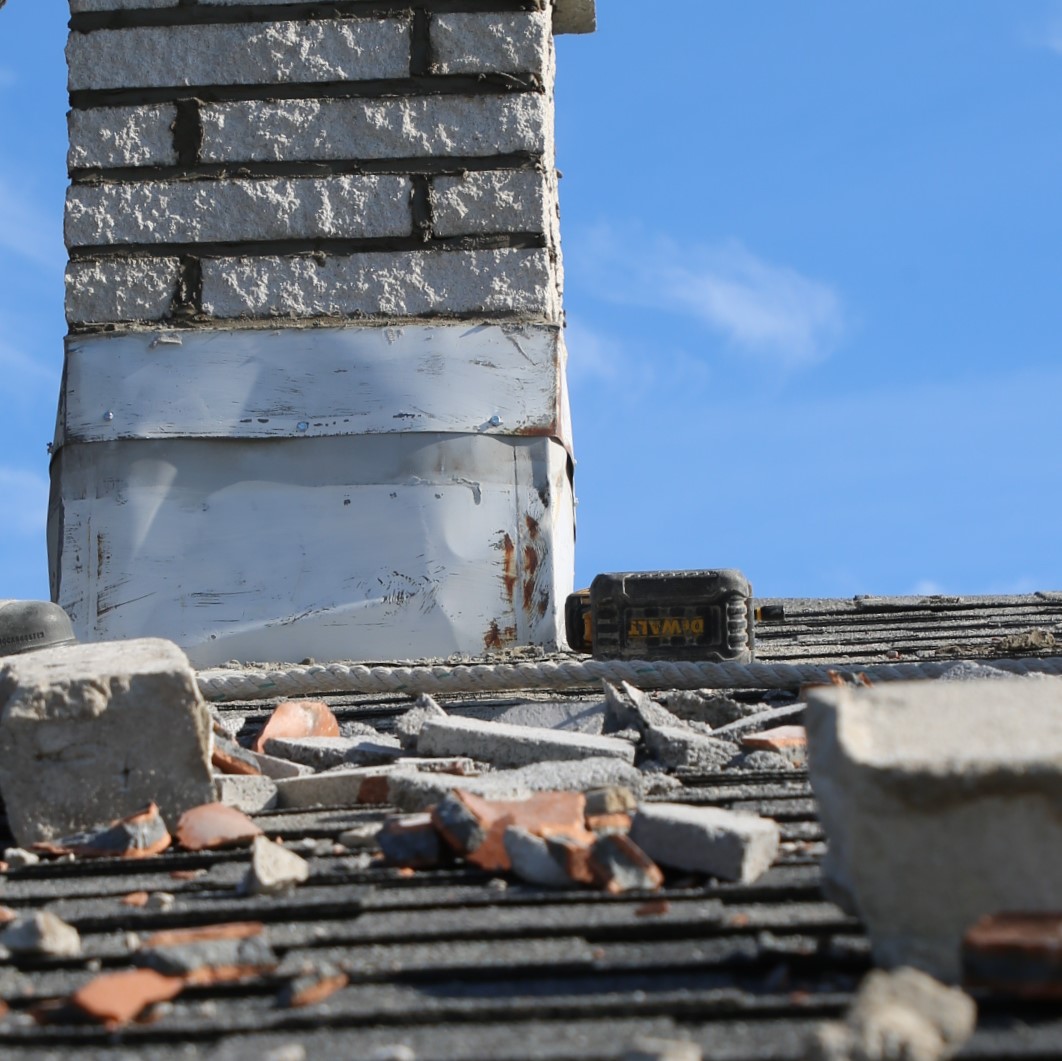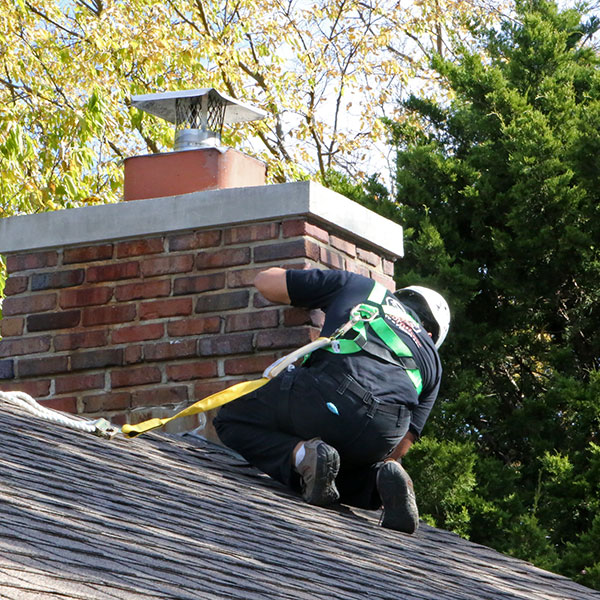3 Chimney Sweeping Excuses That Will Put Your Chimney At Danger
To prevent fires and maintain your good health you need to regularly clean their chimney. Professional chimney cleaning is expensive thus plenty of homeowners make excuses to avoid hiring a professional to clean their chimneys. Here are some of the excuses that can result to chimney damage:
I only burn seasoned wood thus don’t need to clean the chimney
Chimney professionals recommend that you burn seasoned wood. This is wood that has been drying for the last 1-2 years. In addition to giving you plenty of heat, it doesn’t deposit plenty of creosote thus you don’t have to regularly hire a chimney sweep. While this is the case, it doesn’t mean that you should never clean your chimney. Remember that even if the wood is burning more efficiently, it’s releasing some creosote that can be fatal if plenty of it accumulates. Regards of whether you are burning seasoned wood or not you should hire a professional to inspect and clean your chimney at least once a year.
I don’t have to hire a chimney sweep as I clean the chimney by myself
While you can clean the chimney by yourself and it works efficiently, it’s always recommended that you hire a professional to do the work. In addition to the professional having the necessary skills to give your chimney a clean look, he/she also has the necessary tools to properly clean the chimney. Most of the chimney technicians not only clean the chimney they also inspect it for problems. If there are problems they fix them thus preventing bigger and expensive problems from coming up.
I use chemicals to prevent soot buildup thus don’t need to clean the chimney
There are plenty of chemicals in the market that reduce buildup of creosote. There are other homeowners that use sweeping logs to reduce the buildup. While the logs and chemicals are effective in reducing the amount of creosote that gets deposited, they don’t get rid of any of the creosote—they simply reduce the deposition. This means that if you stay for long without cleaning the chimney plenty of creosote will be deposited thus putting your house at the risk of fire.
If you read the instructions given on the chimney logs and chemicals, you will find that you shouldn’t use them as a replacement for professional chimney sweeping. To be on the safe side always hire a chimney company even if you are using the chemicals.
The post Blog first appeared on First Class Chimney Services.
This post first appeared on https://www.firstclasschimneyservices.com
 The Job of a Kitchen Range Hood
The Job of a Kitchen Range Hood

 Creosote Buildup
Creosote Buildup At Boston’s Best Chimney, we are a one stop chimney service company specializing in every aspect of chimney maintenance and repair. Whether you are looking for a
At Boston’s Best Chimney, we are a one stop chimney service company specializing in every aspect of chimney maintenance and repair. Whether you are looking for a 
 Reasons Why You Should Have Your Chimney Swept During the Summer
Reasons Why You Should Have Your Chimney Swept During the Summer
 Common weather events that can damage a chimney
Common weather events that can damage a chimney
 Drone Inspections Tell Us
Drone Inspections Tell Us